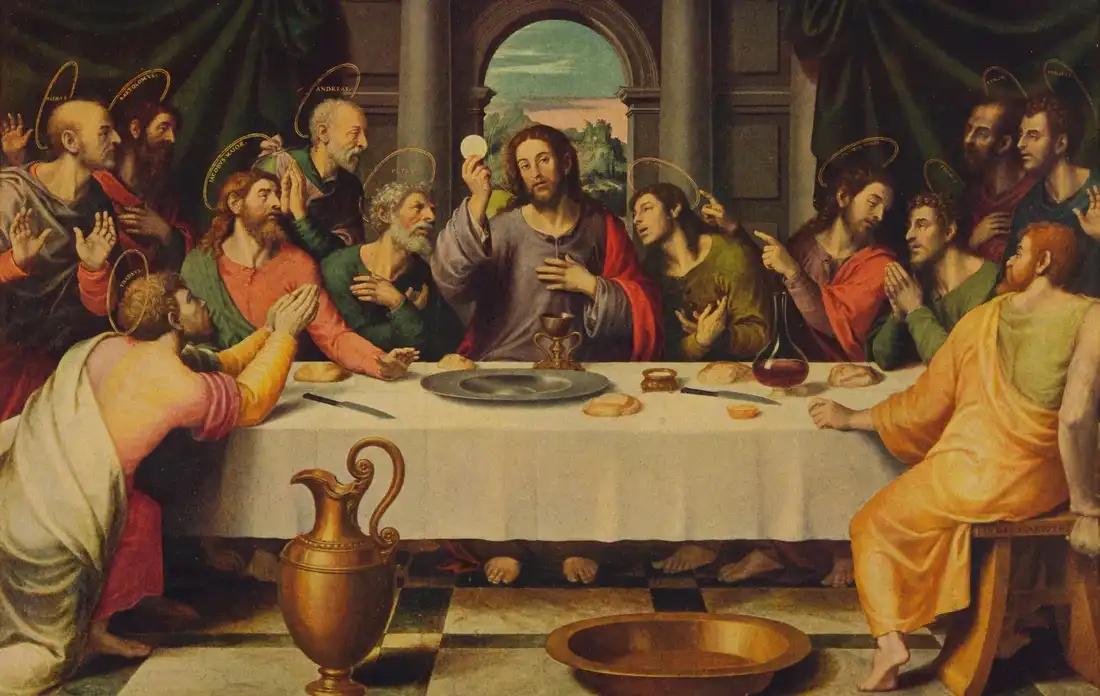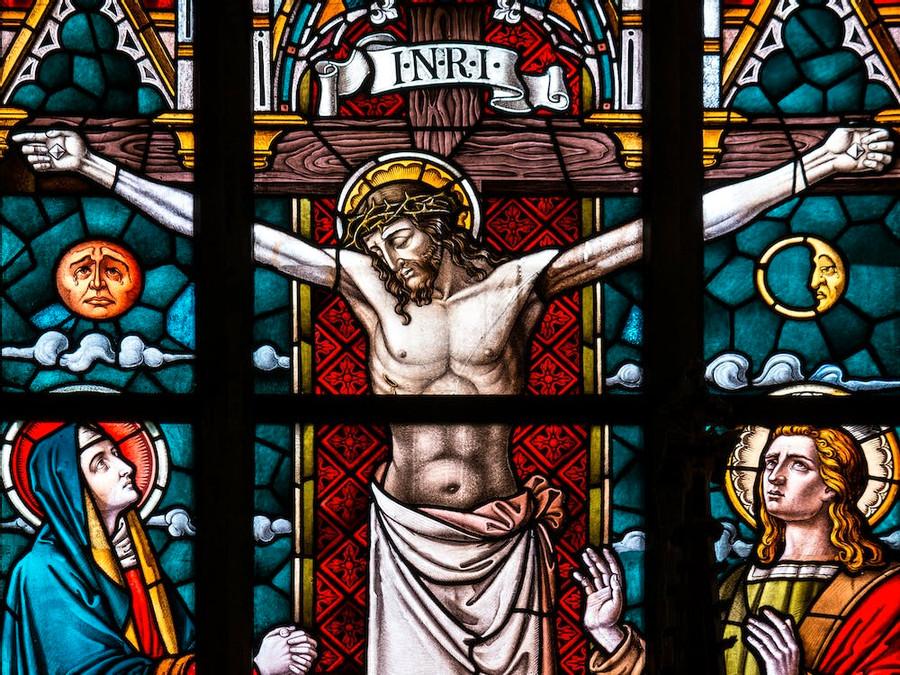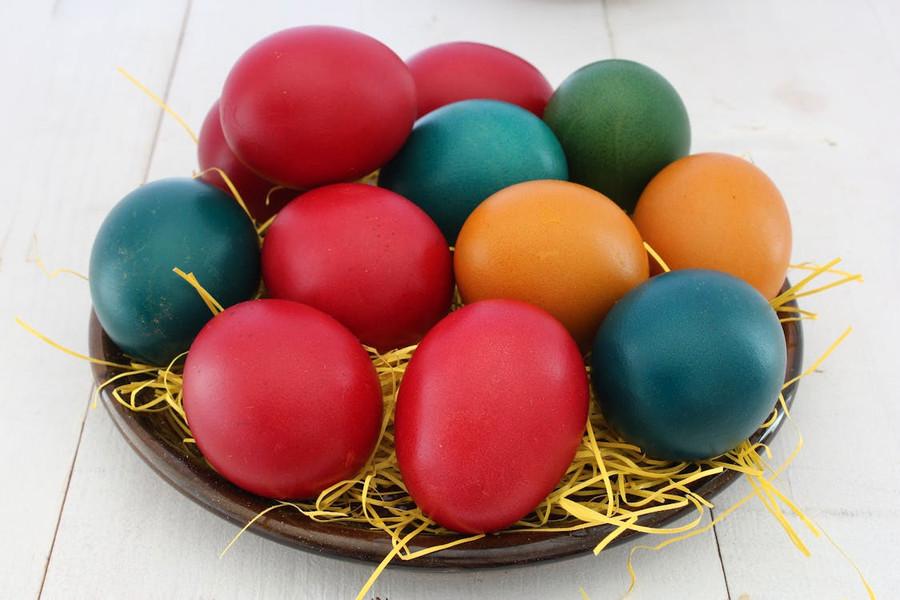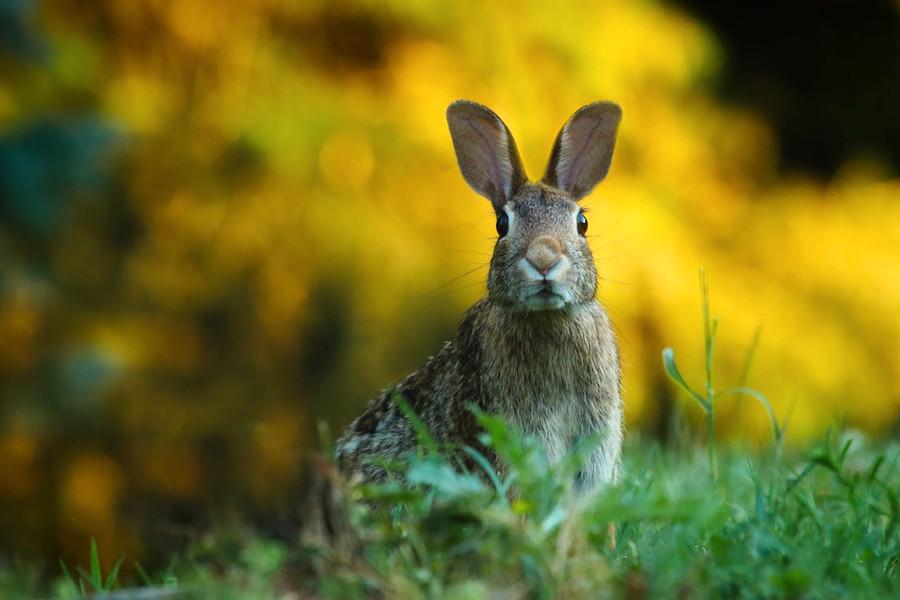Explore the World's Best Ideas
Join today and uncover 100+ curated journeys from 50+ topics. Unlock access to our mobile app with extensive features.
The Origin Of The Term "Easter"
The term seemingly derives from the Anglo-Saxon goddess of spring, Eostre, who was celebrated as she escaped Winter’s harsh clutches. But Eostre wasn’t quite the pagan deity who, we are commonly told, transformed a bird into an egg-laying hare companion, e.g. the forerunner to the Easter bunny.
In fact, the only actual surviving mention of Eostre comes from 8th-century monk the Venerable Bede, whose writings suggest the English people called the fourth month Eosturmonath or Eostre-Month (marking the spring equinox) after the goddess, and feasts were celebrated in her honour.
83
1.19K reads
Easter And Resurrection of Jesus Christ
The Last Supper was the final meal Jesus shared with his disciples before his Crucifixion, when the bread and goblet of wine were dispersed as elements of his own body on the day now known as Maundy Thursday, named from the Latin ‘commandment’ which Jesus gave to his disciples at the meal.
The New Testament gospels are clear that Jesus held the Last Supper; was crucified at Golgotha (Calvary) in Jerusalem (on Good Friday from the Old English ‘guode’ meaning ‘holy’) and resurrected three days later from the tomb in which he had been interred (on Easter Sunday) during preparations for Passover.
71
775 reads
Easter Day
Easter is held on the Sunday after the first ecclesiastical full moon (which keeps, more or less, in step with the astronomical Moon) following the vernal (spring) equinox of the northern hemisphere, when the sun is exactly above the equator, and day and night are of almost equal length.
73
800 reads
The Birth Of Easter Celebrations
- Emperor Constantine, the first Roman emperor to convert to Christianity, convened the Council of Nicaea and decreed that Christ's resurrection was far too important to be connected with the festival of another faith.
- Constantine ordained that Easter was to fall in close proximity to a similar significant time in the solar year.
- Easter Sunday service then commenced at dawn, with the congregation gathering outside the church for hymns before entering for a joyful Mass. Dismissed in grace and forgiveness, worshippers filed out to begin celebratory feasting.
68
645 reads
The Easter Eggs Tradition
- Eggs were one of the foods forbidden during Lent, the 40-day fasting period of reflection and penitential preparation leading up to Easter.
- In the medieval period, any eggs laid during Lent were boiled for preservation so that when Easter Sunday rolled around, eggs were back on the menu.
- And eggs weren't just used as a food source: a rural practice known as 'pace-egging' was common, where costumed groups roamed villages for eggs then given as gifts to the church as Good Friday offerings and to the lord of the manor.
- Many of these eggs were brightly painted; a practice truly ancient. Red was used to symbolise the blood of Christ, first by early Christians then the Orthodox Church.
- There are suggestions that 16th-century German Protestant reformer Martin Luther organised egg hunts for his congregation.
73
494 reads
The Easter Bunny
- Hares became associated with Easter because of their powers of fertility.
- But the entire concept of the ‘Easter Bunny’ is much more recent. It likely became the large colourful rabbit we know and love today due to American influence, but 17th-century Heidelberg-based physicians Georg Franck von Franckenau and Johannes Richier in De ovis paschalibus (‘About Easter eggs’) did describe hares hiding baskets of brightly painted eggs for children to find.
- Yet there is an earlier reference (from 1572) to an Easter ‘Hare’ which appeared at night to ‘lay’ eggs, again for children to search. This continued as German settlers came to America and continued the tradition, thereby spreading it throughout the nation.
70
479 reads
IDEAS CURATED BY
Lauren Ford's ideas are part of this journey:
Learn more about religionandspirituality with this collection
Different Easter traditions around the world
The significance of Easter eggs and bunnies in modern culture
The importance of the holiday in the Christian faith
Related collections
Similar ideas
4 ideas
Why there are two Easter dates
study.com
2 ideas
Why are there two Easter Dates?
bbc.co.uk
4 ideas
Easter Celebrations: The Holy Week
bbc.co.uk
Read & Learn
20x Faster
without
deepstash
with
deepstash
with
deepstash
Personalized microlearning
—
100+ Learning Journeys
—
Access to 200,000+ ideas
—
Access to the mobile app
—
Unlimited idea saving
—
—
Unlimited history
—
—
Unlimited listening to ideas
—
—
Downloading & offline access
—
—
Supercharge your mind with one idea per day
Enter your email and spend 1 minute every day to learn something new.
I agree to receive email updates






